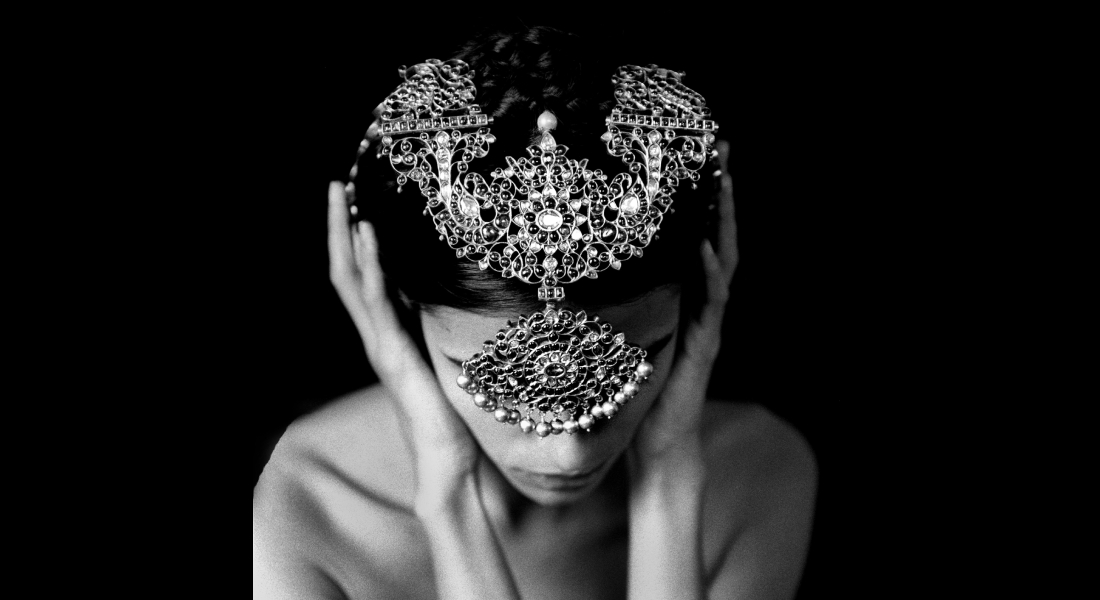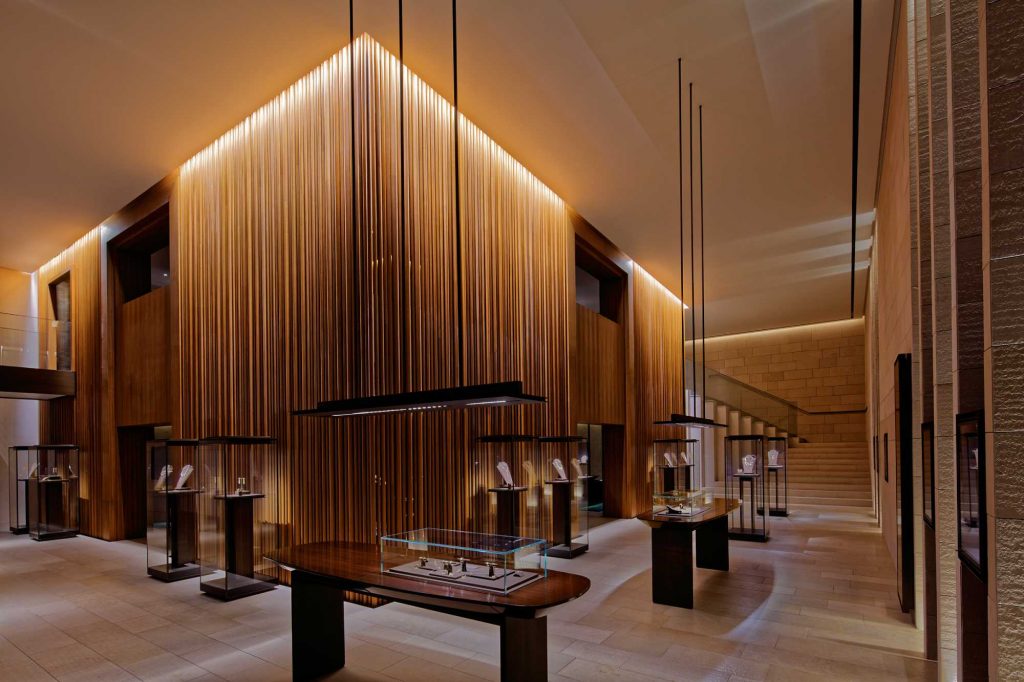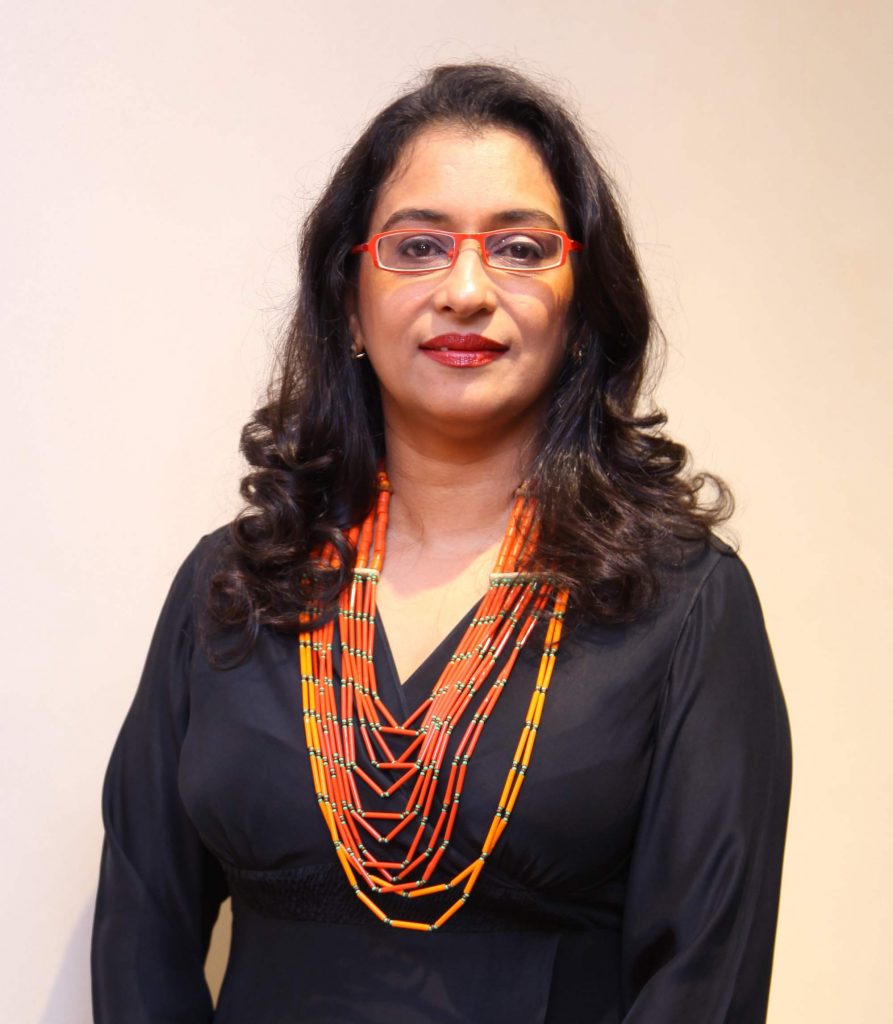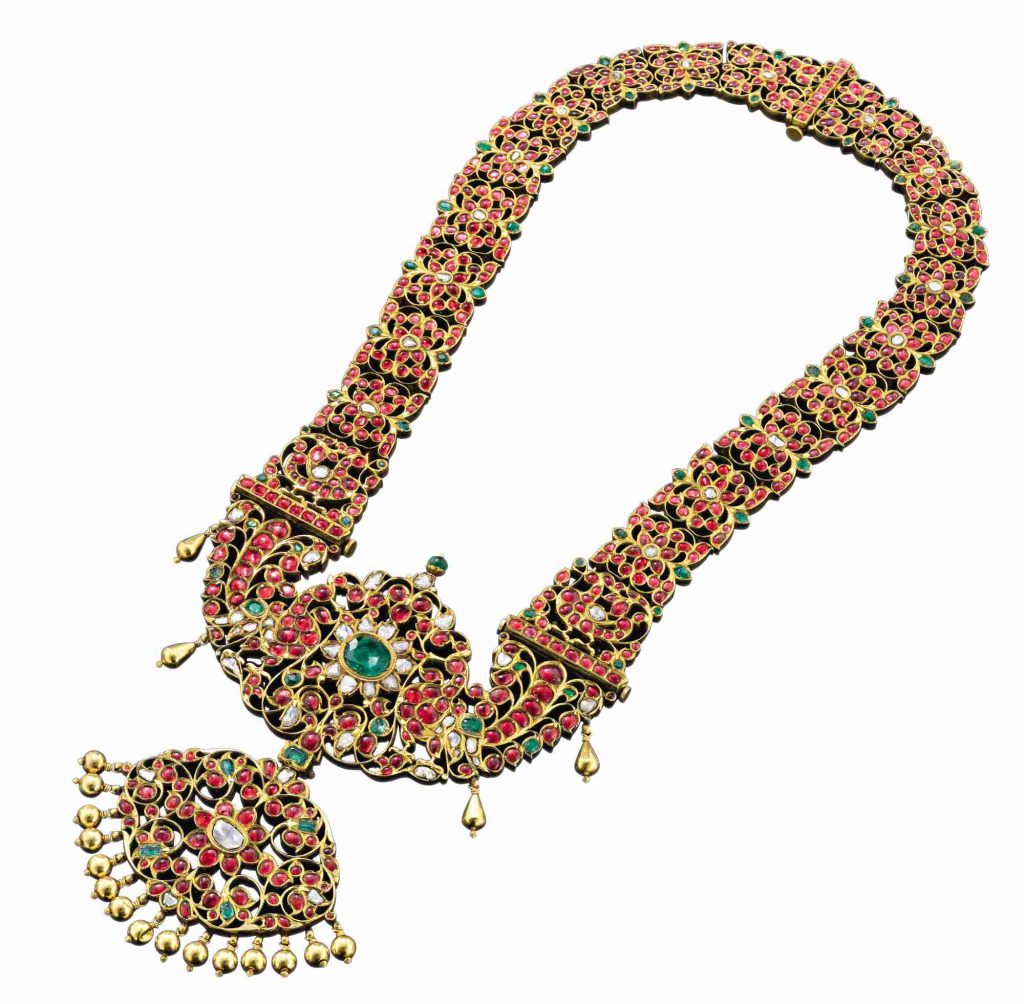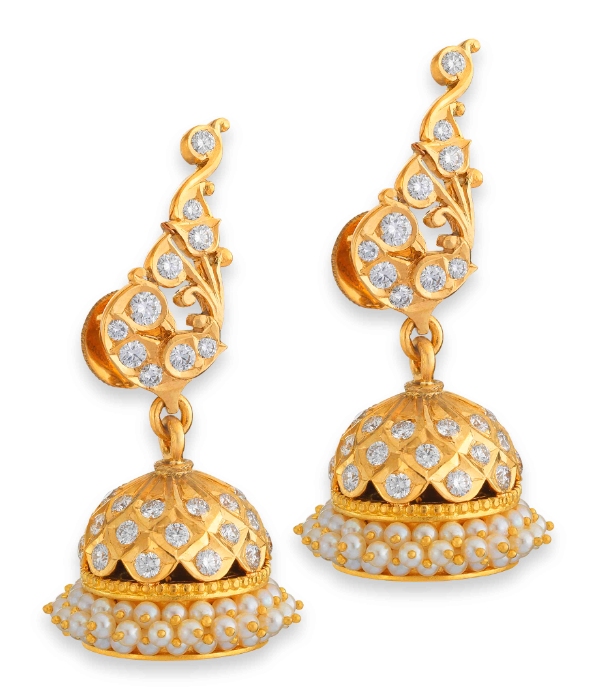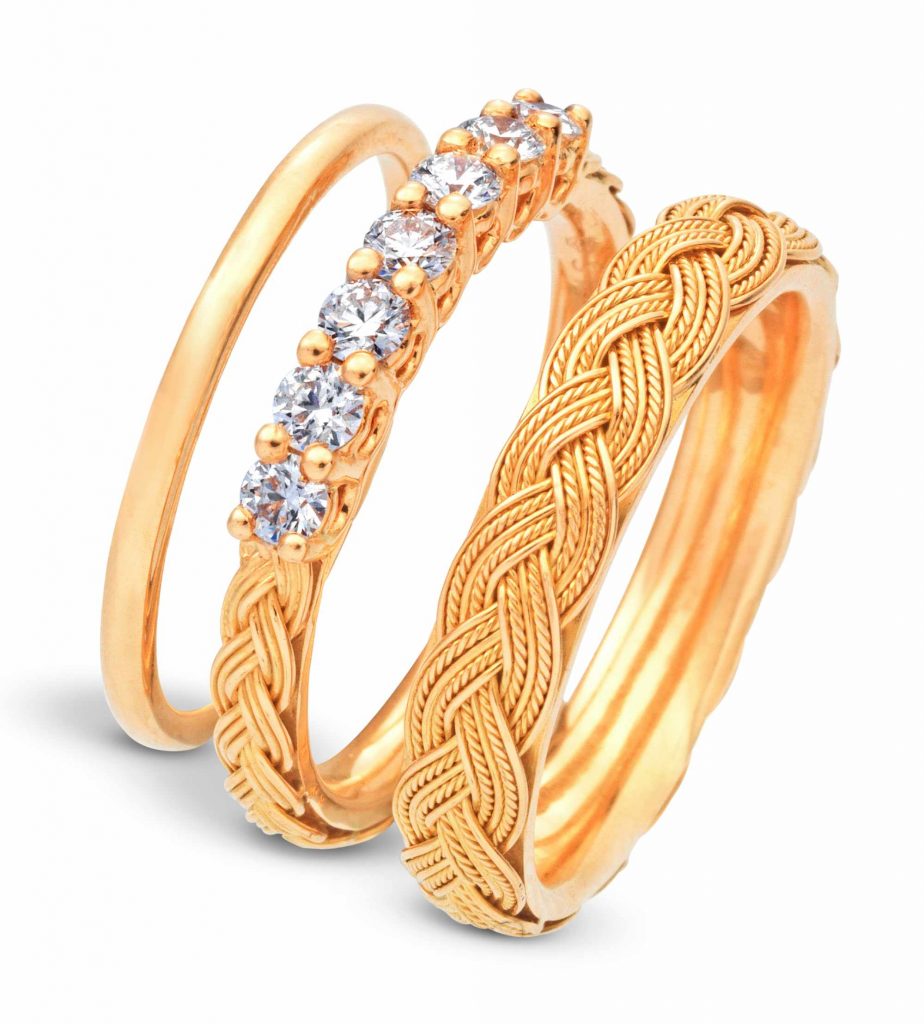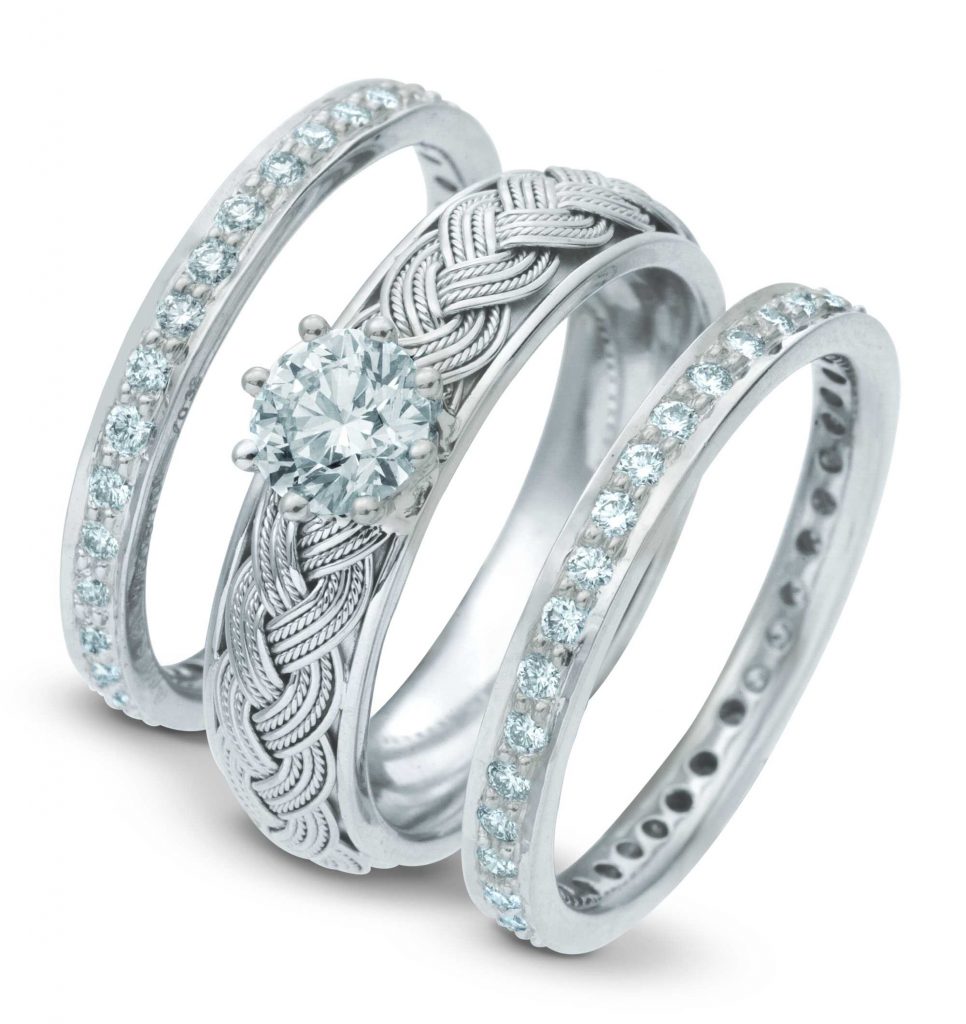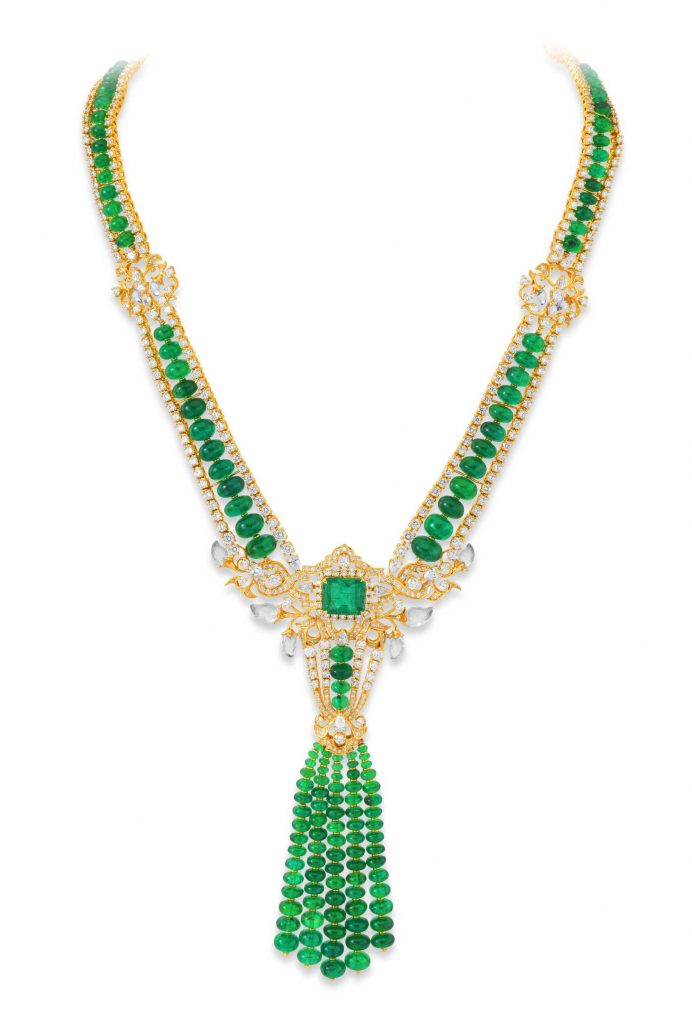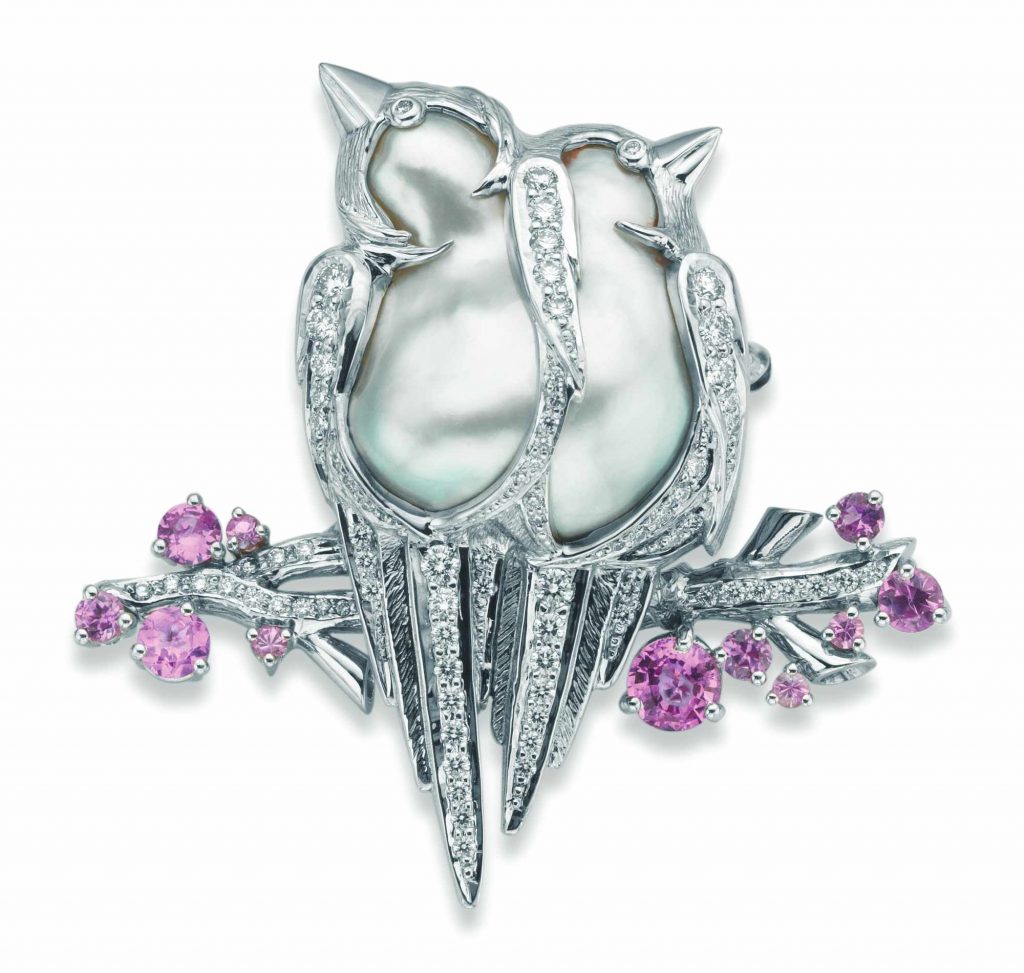The 133-year-old Bengaluru-based jewellery house Ganjam is known for its iconic design DNA. The brand is the torchbearer of ancient jewellery-making techniques, and the family’s seventh generation still follows those sacrosanct traditions, especially while making temple and heritage jewellery. But maintaining this storied legacy hasn’t weighed down the brand from foraying into the contemporary design space where it occupies a niche of its own. Shreedevi Deshpande Puri, Design Consultant, Ganjam, shares how the brand has mastered the art of straddling two diverse worlds – the old and the new.
Ganjam has successfully straddled the heritage and modern worlds with ease. What is the unique recipe of getting the balance right?
Ganjam as a brand was established in the small town of Ganjam in Orissa in 1889, and prior to that it is believed that we were trading in exotic gems, diamonds and Kasturi (musk) during the reign of the Vijayanagar Empire (founded in the 14th century).
We started by creating South Indian-style closed set jewellery in diamonds and coloured gemstones. Thereafter, we had the privilege of being appointed by the Mysore Maharajah as the Royal Jewellers to the Court of Mysore. As the seat of power shifted from Mysore to Bangalore during the colonial times, we moved to Bangalore. The identity of Ganjam was built through this heritage. We became known for our exceptional work in the selection of diamonds, gemstones, and exemplary craftsmanship. Our Legacy style South Indian closed set diamond jewellery and our Heritage style South Indian jewellery set with cabochon rubies, emeralds and rose cut diamonds became synonymous with Ganjam.
Ganjam as a brand has always believed in evolving with the times. In the late ’60s and early ’70s we were one of the first jewellers to introduce ready-to-wear jewellery; in those days clients used to have access to only made-to-order pieces. We worked with gold, diamond and coloured gemstone jewellery which was considered modern at that time. All the while, we ensured that our tradition of Legacy and Heritage jewellery lines stayed alive and thrived.
We opened our store at Infantry Road in the late ’90s to herald a new era for us. Here we showcased 22-karat and 18-karat diamond, platinum, and gold jewellery. We realised that we had all the attributes to transition Ganjam into a complete in-house luxury brand.
How did you achieve that?
The first step was to convert all our diamonds to a minimum quality of ‘F’ VVS. We focused on producing all our jewellery in our crafting workshops and setting up a full-fledged design studio to create unique collections that would be identifiable with the design language of our brand. We housed jewellery lines which had a philosophy under which we designed various collections.
We started our boutiques to create a unique and personalised environment for our clients in which they could enjoy the shopping experience of our products. While we were on this journey to create new and interesting products in gold and platinum, our Chairman Eswar Ganjam continues his unrelenting work with our fifth generation 22-karat workshop to revive old designs, techniques and creating beautiful pieces both in Heritage and Legacy lines. To date, he along with his niece Radha Arun, personally work on the designs, selection of gemstones and diamonds, crafting with the craftsman and offering the product to discerning customers. We are fortunate to have his 60 years of knowledge alive in the company.
The 133-year-old brand has always been reverential towards age-old jewellery crafts of India. We’d like to know more about the mission of the brand in sustaining the arts and artisans.
Ganjam as a brand has always been fuelled by culture and the arts. Our own fifth-generation workshop stands testimony to that ethos. Our Chairman Eswar Ganjam has been personally instrumental in reviving, developing and mentoring designers and craftsmen in keeping this craft alive and thriving. Here we craft our lines true to the South Indian heritage. Over the years, we created an apprenticeship model so that the younger craftspeople can learn the skill from our master craftsmen.
We had also set up a research cell where we researched the motifs and iconography used in these styles of jewellery and their significance in different ornaments. This is a continuing part of the legacy and artistry that we as a brand would like to preserve.
We have worked on providing training to our craftsmen to augment their skills and techniques. A proud moment for us was when our artisan, Bhabesh Chandra Jana, won the Medallion of Excellence in the World Skills Competition, 2013 at Leipzig, Germany.
Some years ago, Ganjam collaborated with GJEPC for the Crafts Initiative programme. Tell us more about it.
It was a significant project collaboration with GJEPC’s craft initiative where we chose to work with filigree or Tarakashi, a speciality of Cuttack artisans in Orissa. The craftsmen were accustomed to creating pieces in silver, but they had lost the fineness and delicacy of the bygone eras. We worked with the craft and had a designer based in Bhubaneshwar for a year to bring back the fine quality of work into gold pieces. We did a beautiful collection called Sutra based on the butterfly or Prajapati as they say.

What other initiatives has Ganjam undertaken in the recent past?
Over the years, we have supported diverse types of arts. Our music festival in Bangalore ‘Flights of Fantasy’, promoting budding artists and stalwarts in both Carnatic and Hindustani streams, has become legendary.
We have worked with and supported initiatives by the international as well as National Crafts Council. For instance, Grass to Gold, curated by the World Crafts Council as an international conference on jewellery; Abhushan by the Crafts Council of India; and Pakshi by the Crafts Council of Karnataka.
For several years we collaborated with Le Arti Orafe, Florence, for their biennial Lucca Preziosa, an exhibition of senior and budding jewellery artists, along with holding lectures by various artists and researchers hosted by Gio Carbone. We have also collaborated with Natya STEM Dance Kampni and Madhu Natraj, who have created exemplary productions for us, namely, Mandala and Vajra. We have also hosted many Dusshera traditional Bombe Habbas (doll exhibitions) at our Mantap in Basavangudi where stories from traditional texts, folklore come alive through a fantastic display of dolls.
Who is your mentor in this industry and what is the best advice he or she has given you?
I have had the fortune of having many mentors through my journey in the jewellery industry.
I started my career at Titan jewellery, before Tanishq was born. I had joined them as their first Indian designer. As they were setting up the jewellery facility, I had the opportunity of learning all aspects of jewellery and crafting through the several consultants that they had from all over the world – thanks to the incredible vision of Xerxes Desai, the first managing director of Titan Company. He was closely involved in the early stages in all aspects, including design. I learnt a lot from him in terms of attention to detail and his relentlessness for perfection. When Jacob Kurien took on the role of heading jewellery at Tanishq, he brought in a business perspective to jewellery, and encouraged and mentored us.
At Ganjam, my biggest learning has come from Umesh Ganjam … his ability to think global yet be strongly rooted in our traditional Indian ethos has been extremely motivating. I have had the creative freedom to build a design ethos for our Contemporary Classic line which continues to evolve while keeping the essence of our Heritage alive.
I have also been fortunate to have a soul brother in the late fashion designer Wendell Rodricks with whom I had a special bond. He egged me on to continually evolve and explore new things.
Tell us more about your contemporary Tasrika collection that is stackable.
As a brand we realised that we wanted to create an accessible yet identifiable must-have collection that represents the brand Ganjam. We wanted to keep our ethos of handmade jewellery intact yet make pieces that are simple and elegant for everyday wear that are appealing to younger consumers.
The main feature of the collection is fine gold handmade braids that are mounted on a very well finished base. The collection is available in yellow, white, and rose gold and is stackable and playful. It comprises mainly rings in gold and diamonds, stackable pendants, and earrings. It took six months of research and development for us to create this youthful collection.
What does your design process entail?
The design process starts with an idea. We identify a gap in our line and the season for which we want to develop a new collection. We normally start with three ideas for exploration and check if it is possible to adapt the ideas into jewellery.
Post this, we present the concepts to the management and sales team. Based on their feedback and our assessment we then freeze on one idea and take it for further research and exploration of materials simultaneously as they play a very important role in the product and design. We also start looking at price points and examine the value at this point. Once we are convinced that the concept will work, we complete the designs, technical drawings and material specs and the collection goes for development. Depending on the complexity, the entire process can take anywhere between nine months to one and a half years.

As a design head, what are your thoughts on trying out different iterations of your popular past collections?
For a brand I feel it is important to keep a collection alive. Our house style is ‘Contemporary – Classic’. By this we mean that new products that we make must be contemporary to suit today’s lifestyle yet have the ability to evolve into classics over time. To that end, we do believe that the identity of our brand is linked to the products that we create. From time to time we have introduced new designs in collections, we use a new gemstone palette, or we create a new look while keeping the essence of the collection identifiable.
Do you have any new collections in the pipeline?
We are constantly working on new looks and new collections.
What qualities do you look for in truly high-quality gems to be set in your collections?
Our Chairman Eswar has been a connoisseur of gemstones and is extremely knowledgeable and has a wonderful eye. We look for the mine, the intensity of colour, the clarity, the lustre, and the cut. Apart from these aspects, the gemstone must speak to you as a designer. Many times, these gemstones become the inspiration for an exceptional creation. When customers require, we also get some special gemstones certified.
Ganjam is known for its timeless collections. Any plans to display them in a museum?
We have a collection of Heritage style ornaments that are part of the Ganjam family’s private collection. These pieces have been collected over several years by Eswar and we exhibit these pieces from time to time at special events. We are in the process of expanding this collection to various ornaments that adorn the body.
Have consumer preferences changed?
Consumer preferences are ever-evolving and change with each generation. The way our grandmothers viewed jewellery, and the way our children view jewellery is so different.
Our grandparents bought jewellery for investment, and the women of that era believed in buying gold or diamond jewellery, and value, trust and tradition were important aspects. In my generation in urban India, women buy jewellery to adorn themselves, to reward themselves or receive them as gifts from loved ones. Therefore, they are more experimental than the previous generation, and craftsmanship, design and the brand become important. Apart from gold, they also look at diamond and coloured gemstone jewellery.
Millennials and Gen Z buy it for the brand value or to wear as an everyday piece that has some meaning to them, or if they are influenced online to buy and own a must-have product. Therefore, it is important for us as jewellers to adapt to their taste and offer products that they will enjoy by wearing.

How is Ganjam catering to the next Gen?
We started a design programme to create products for the next generation. They are collections that are easy to wear, works with a youngster’s dressing style, and small yet identifiable products. We also felt that to connect with this audience we need to be digitally strong. This generation needs to be told stories that resonate with them.

